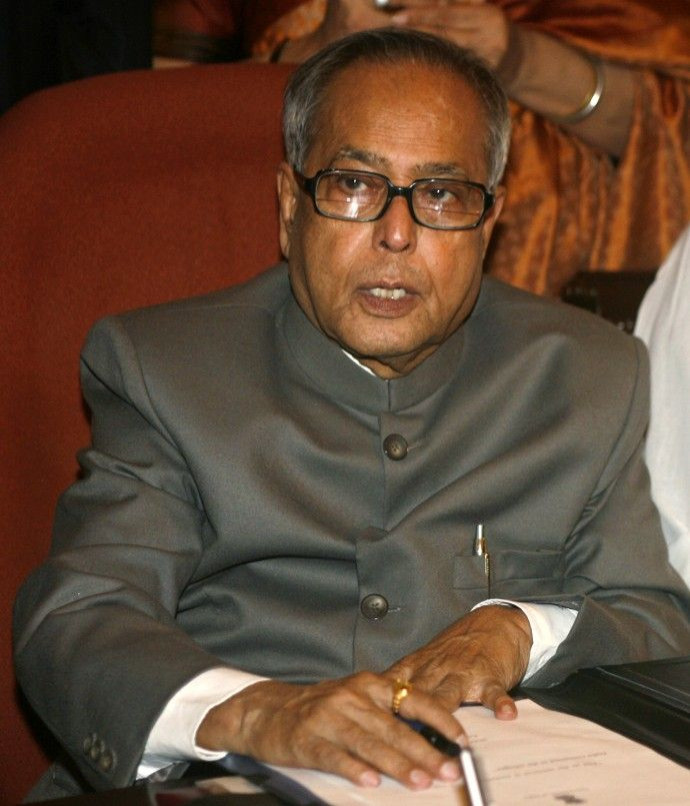What to Expect from India’s Budget 2012/13?

India’s Finance Minister Pranab Mukherjee will present the budget to the Parliament on March 16. There is a high possibility that the budget will be longer on promises than on specific measures, according to Capital Economics.
Following a year in which the fiscal deficit widened sharply, markets will be looking for signs that the deficit will fall in the next financial year that begins in April. Bearing this in mind, Capital Economics states that there are three key points to look for in the upcoming budget. First, the Finance Ministry needs to set out a new medium-term framework for fiscal policy. The previous fiscal targets now look completely out of reach, as do the recommendations of the Thirteenth Finance Commission published in 2009, according to the report by Capital Economics.
New medium-term projections will need to be based on realistic economic forecast, which in the view of Capital Economics means average GDP growth of around 7.5 percent per annum. This compares to the 9 percent growth rate that the Planning Commission recently suggested.
Secondly, the report states that it is important that the budget does not rely excessively on one-off receipts from disinvestment of public sector enterprises or telecom auctions. Thirdly, the government should ideally announce some concrete measures which will impact on the deficit immediately. The most straightforward way to achieve this would be to raise the central excise tax, which remains at 10 percent compared to the pre-crisis rate of 16 percent.
On a negative note, Capital Economics states that there is little indication from official statements that the government is planning any of these concrete measures. It, therefore, seems most likely that the government will announce a new medium-term framework but leave the difficult decisions for the future.
© Copyright IBTimes 2024. All rights reserved.





















